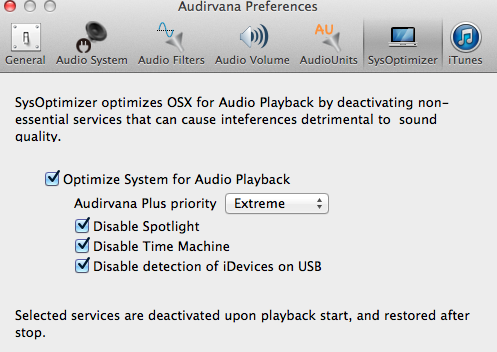

This sound was seared into my soul in 1968 when I was still in High School and heard my very first “true” audiophile system. I tell you this as a point of reference to my sonic sensibilities and the kind sound I strive for. turntable with a Rega tonearm and Grado cartridge, and a factory upgraded California Audio Labs ICON MKII CD player Amplification – Music Reference RM-5 preamp with upgraded tubes, and 2 McCormack Power Drive DNA-1s Speakers – a pair of floor standing Apogee Centaurus Slant 6s Interconnects – Kimber Kable Silver Streaks Speaker cable – 4 runs of Symo cable Isolation – a JustARack equipment stand, and equipment spikes where needed Power Conditioner – Audio Power Industries Power Wedge 116 and dedicated wall power.

That reference system consisted of: Sources – a VPI HW-19 Jr. It took me closer to my reference system of 20 plus years ago than at any time before, and at an affordable price. I could hear the improvements in a subtle but significant way… blacker background, wider soundstage, more detail up and down the spectrum, more live presence, and better recording space ambiance.
#AUDIRVANA PLUS SETTING DETAIL EXPLANATION PRO#
First off, the $69.95 for the pro version of Fidelizer was worth the investment for my audio system. The converter can process data up to 41.8 X 1024, so there is still enough air left to go up. My computer (CPU alone) now manages a resolution of 4 X DSD vs. Of course, this is no substitute for a new stronger graphics card, but for now it’s the best and cheapest solution. So I came across the Fidelizer program and - taadaaah - the HQPlayer plays “at the next level”. All “shelves” are empty and my piggy bank too…. Now the moon prices come into play, which are demanded lately for Nvidia cards, if you can buy them at all. According to the HQPlayer manual, a computing power greater than 5 is required, but my card can only do 3. Problem: I could offload some of the computations to the Nvidia card GPU if, yes if it had enough computing power. Makes itself sonically very leasantly noticeable. As you can imagine a lot of computing power helps a lot, especially since the converter (Denafrips Pontus) also processes DSD.


 0 kommentar(er)
0 kommentar(er)
